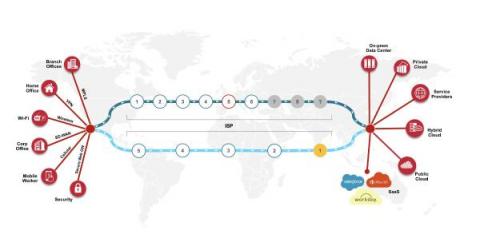Network as Code Explained: How Ansible & Automation Support Agile Infrastructure
When considering application source code, the way you maintain consistency throughout environments is mostly straightforward. You write application code, commit it to source control, and then build, test and deploy via a CI/CD pipeline. Since the application is defined by the source code living in source control, the build will be identical in all environments to which it’s deployed. But what about the infrastructure on which an application runs?











